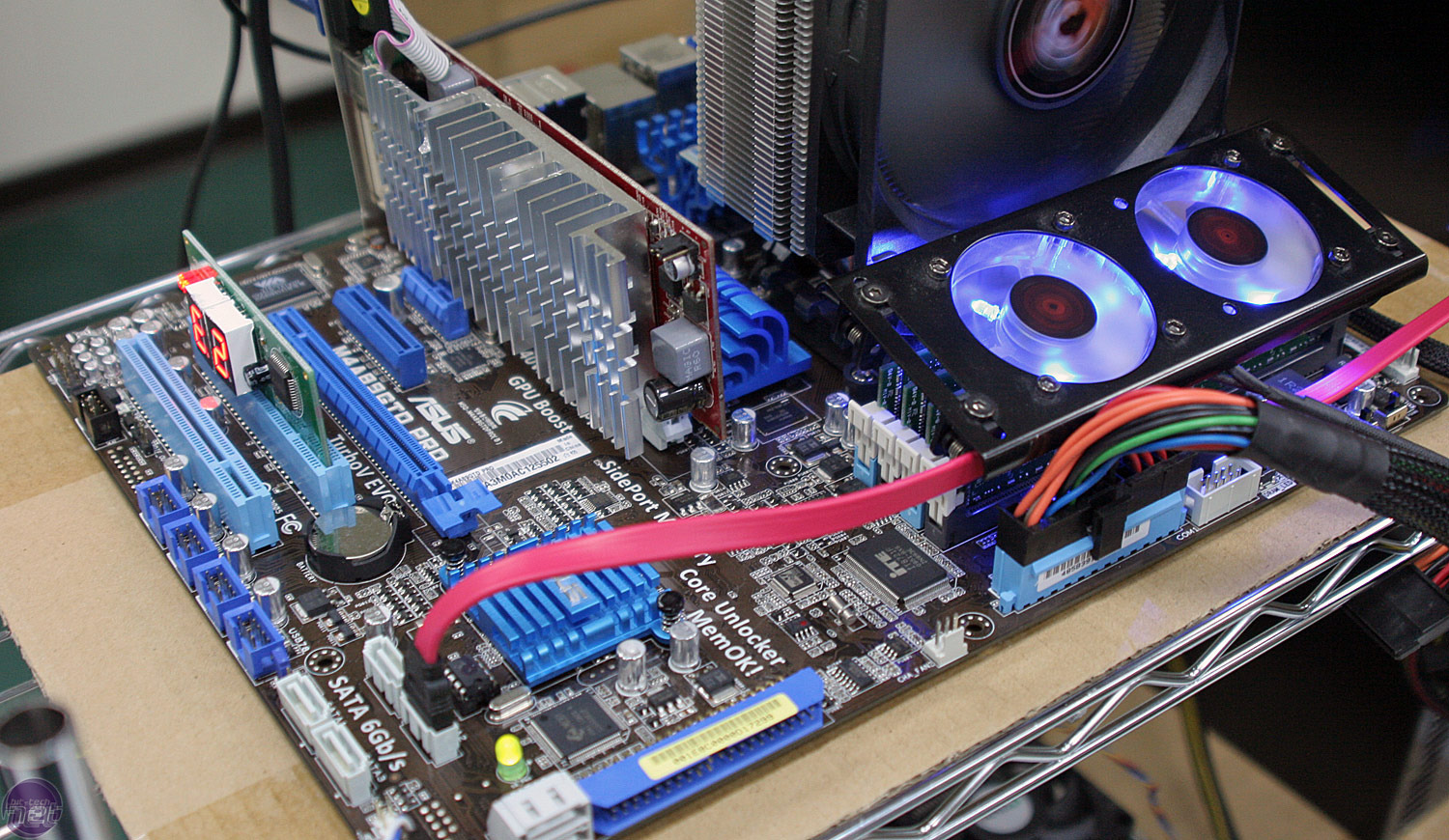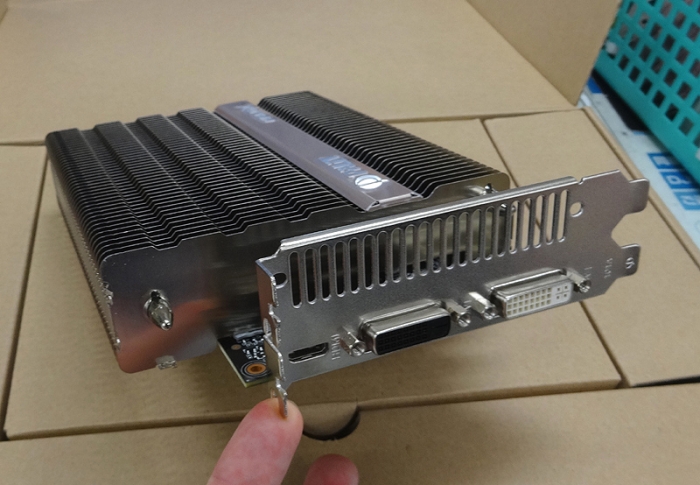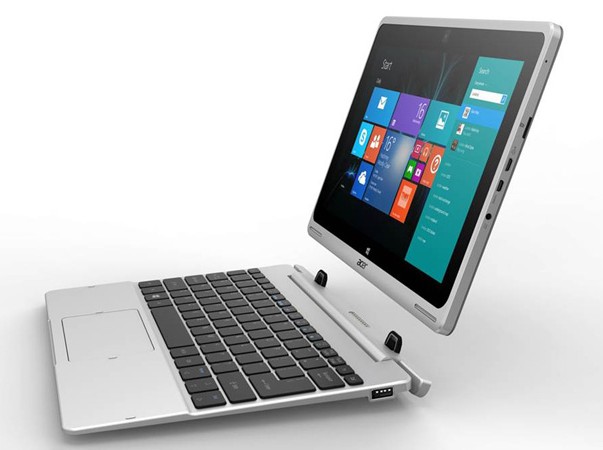Overclocking 101 Because factory settings are for wussies

Out of the box, our quad-core Intel Core i5-4670K CPU will run at 3.4GHz. But when a task doesn't need all four cores at once, the chip will engage a "turbo" mode and push to 3.8GHz on one or two cores. These speeds are based on clock multipliers. The CPU has an element called a base clock that runs at 100MHz, and its non-turbo setting multiplies that 34 times to get 3,400MHz, aka 3.4GHz. Our CPU's name has a "K" at the end, so the clock multiplier is unlocked. We can dive into the BIOS and crank up this multiplier. Motherboards usually also come with performance-tweaking software, but we prefer the fine-tuning available in the BIOS. And yes, we'll give the standard disclaimer: Overclocking risks damaging your CPU or motherboard and possibly causing the moon to spin out of orbit, so do this at your own risk.
OK, really, it's not that bad but there are always risks, so go into it with your eyes open. While the system is starting up, mash the Del key to access the BIOS. (You may need to press a different key, depending on your motherboard.) For our MSI Z97 Gaming 7, we go to the "Overclocking Settings" screen and switch from Simple to Advanced mode. For first-timers, a CPU Ratio of 40 is a safe 4GHz overclock. Press the "+" and "-" keys to adjust the ratio (some motherboards use Page Up and Page Down instead). When we push the multiplier past 42x with this particular CPU, its core voltage needs a boost, too. A setting of 1.3V should be fine, up to 4.4GHz. We generally don't recommend pushing your voltage past 1.4V, but everything else is fair game. You may also need to increase the power to the motherboard's voltage regulator modules (VRMs). In this BIOS, those settings are in the "DigitALL Power" submenu.
Each increment raises your OC ceiling, but it also makes the VRMs run hotter, which impacts stability. We'd stick to tweaking just a couple things like Phase Control and Vdroop Offset, one or two increments at the time. If your PC stops booting, you can reset the BIOS itself with a labeled button on the board (the manual has a diagram showing its location). You can test stability with a free program called Prime95 (mersenne.org), using its Large FFT torture test, accessible from the Options menu. Do this for at least one hour. Some enthusiasts will go a full 24 hours before they consider their OC stable.
For Intel, as long as the chip stays at or below 85 degrees Celsius in Prime95, your temperature is fine. When this CPU hits 90 C, it ordinarily kicks into a lower gear to avoid burning up. Overall, we were pretty happy with this build. The case has a solid feel to it, though we would move the top exhaust fan to the front as an intake. Built-in motherboard standoffs are a nice bonus, and 4.4GHz is a nice overclock for an air cooler with a single 120mm fan.
|
|




